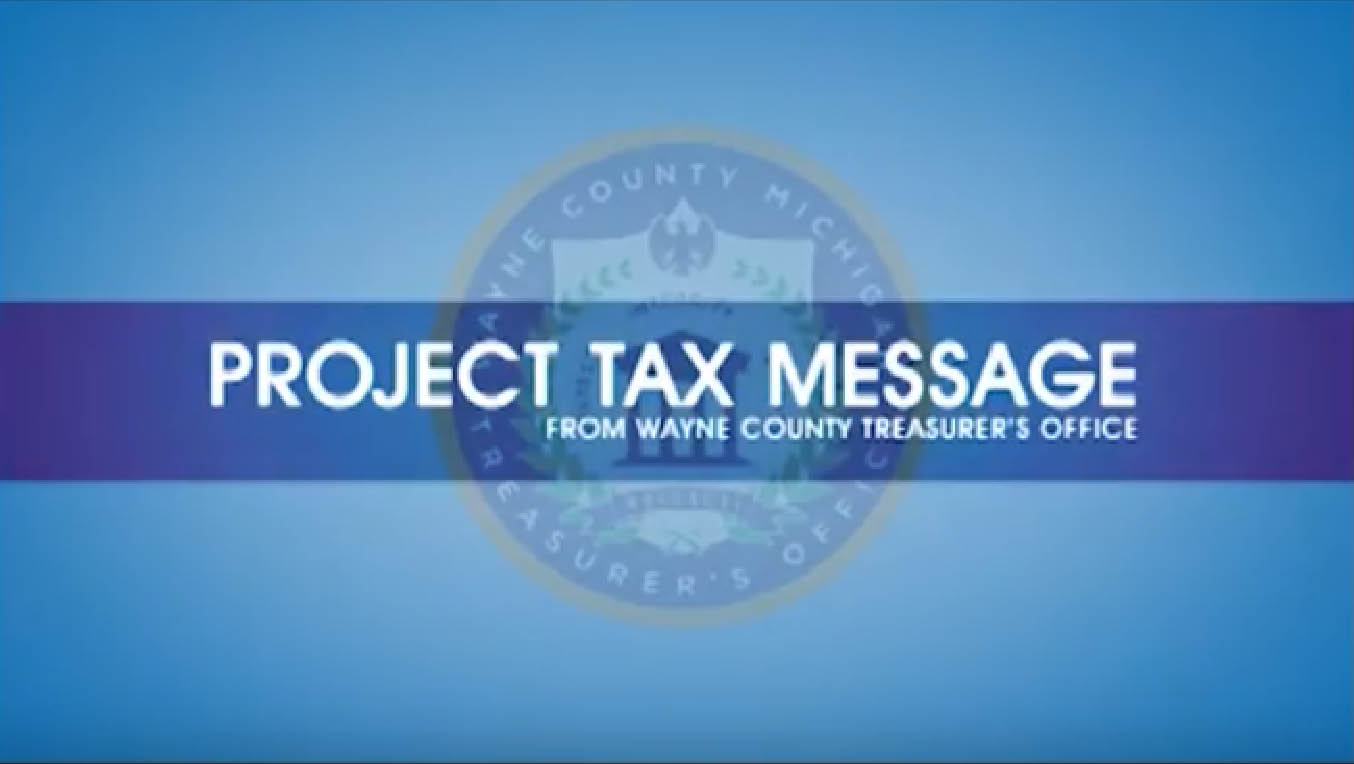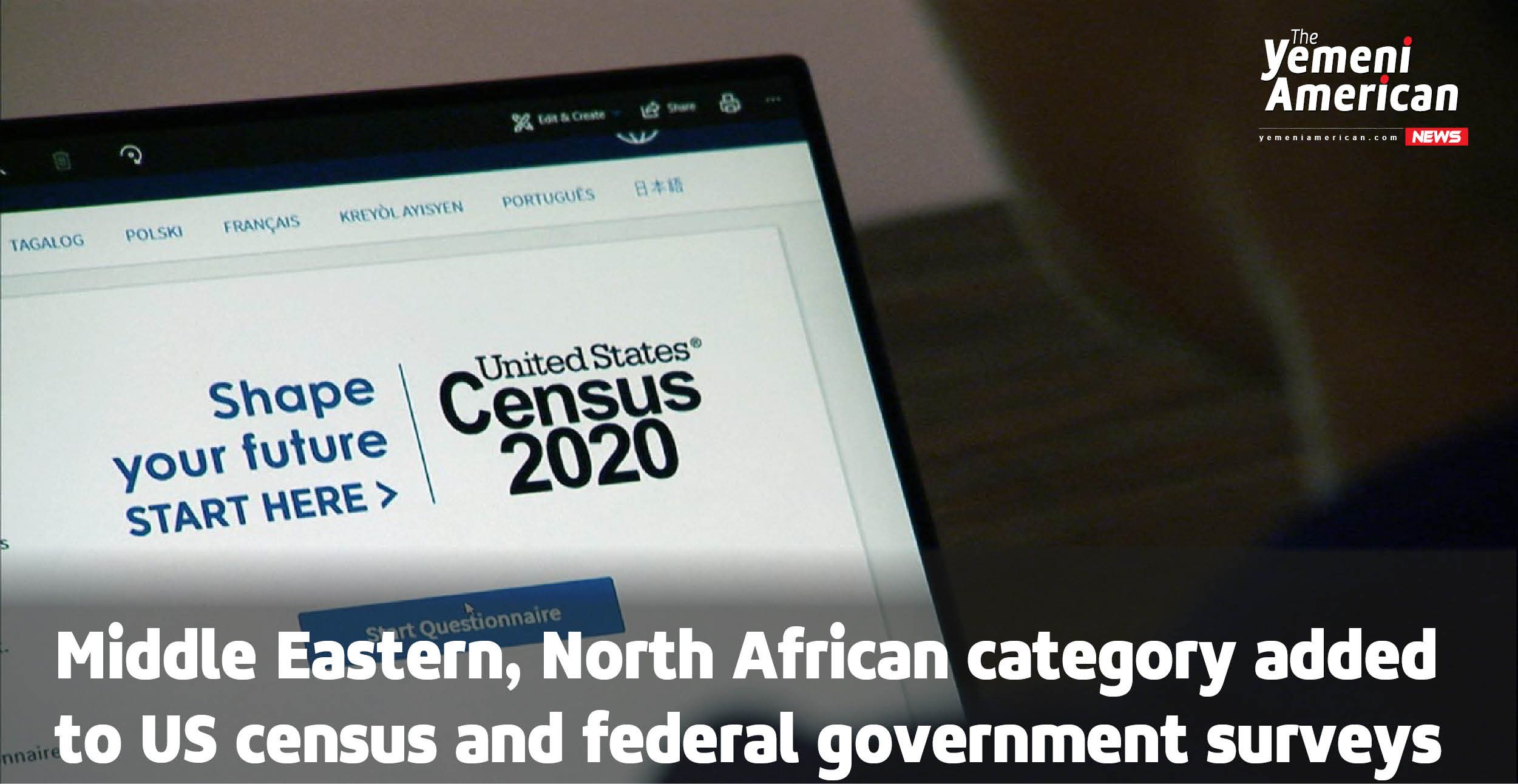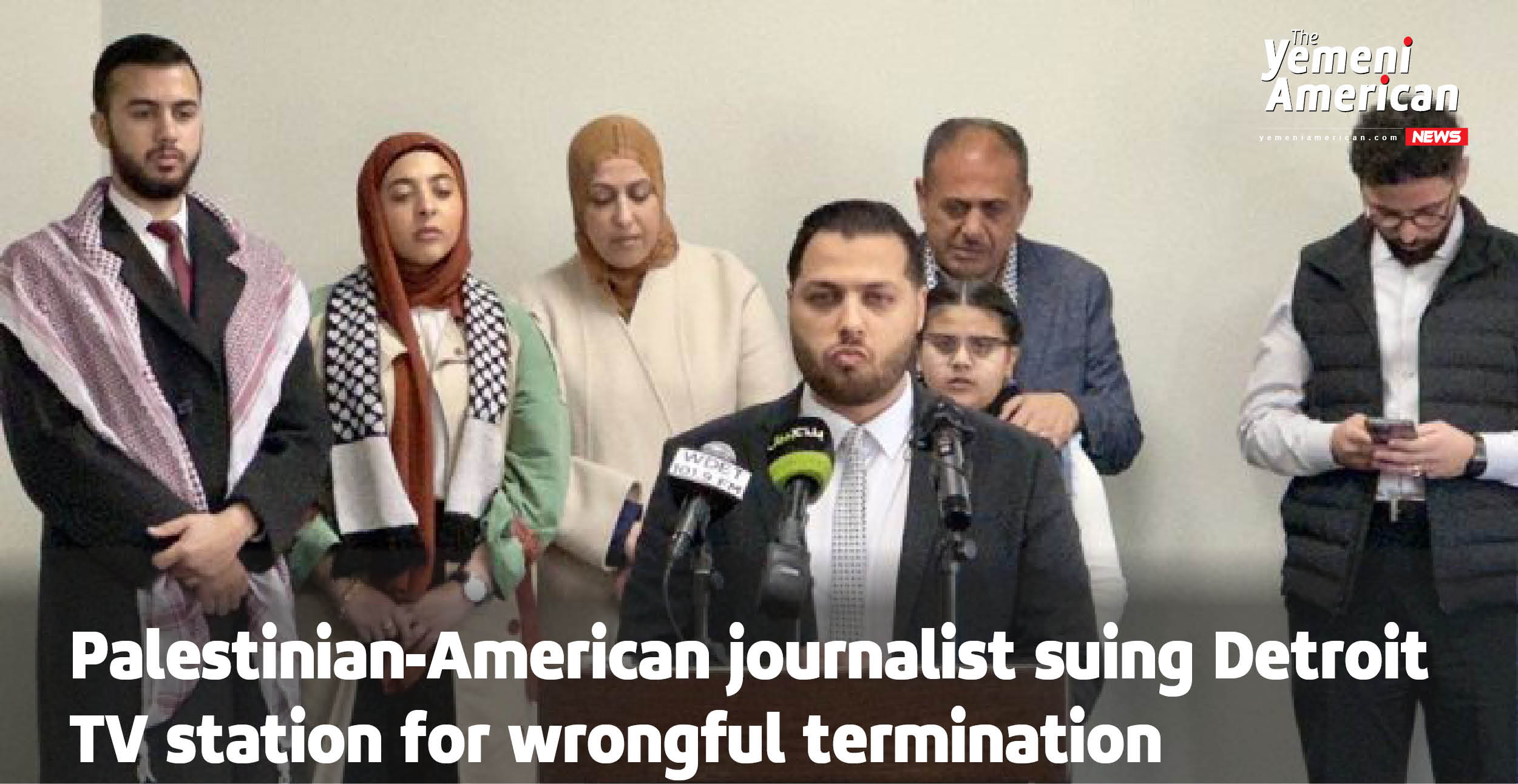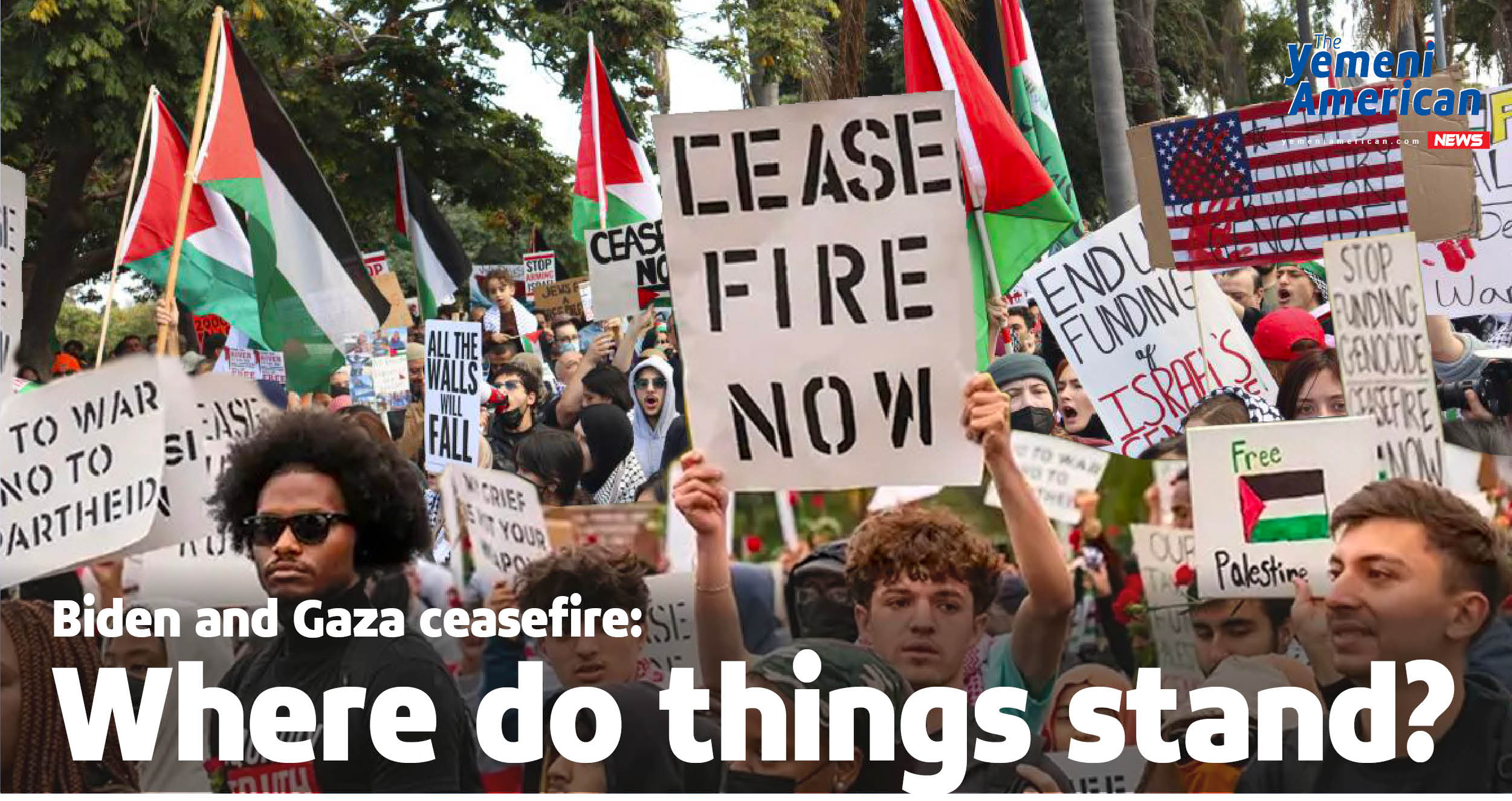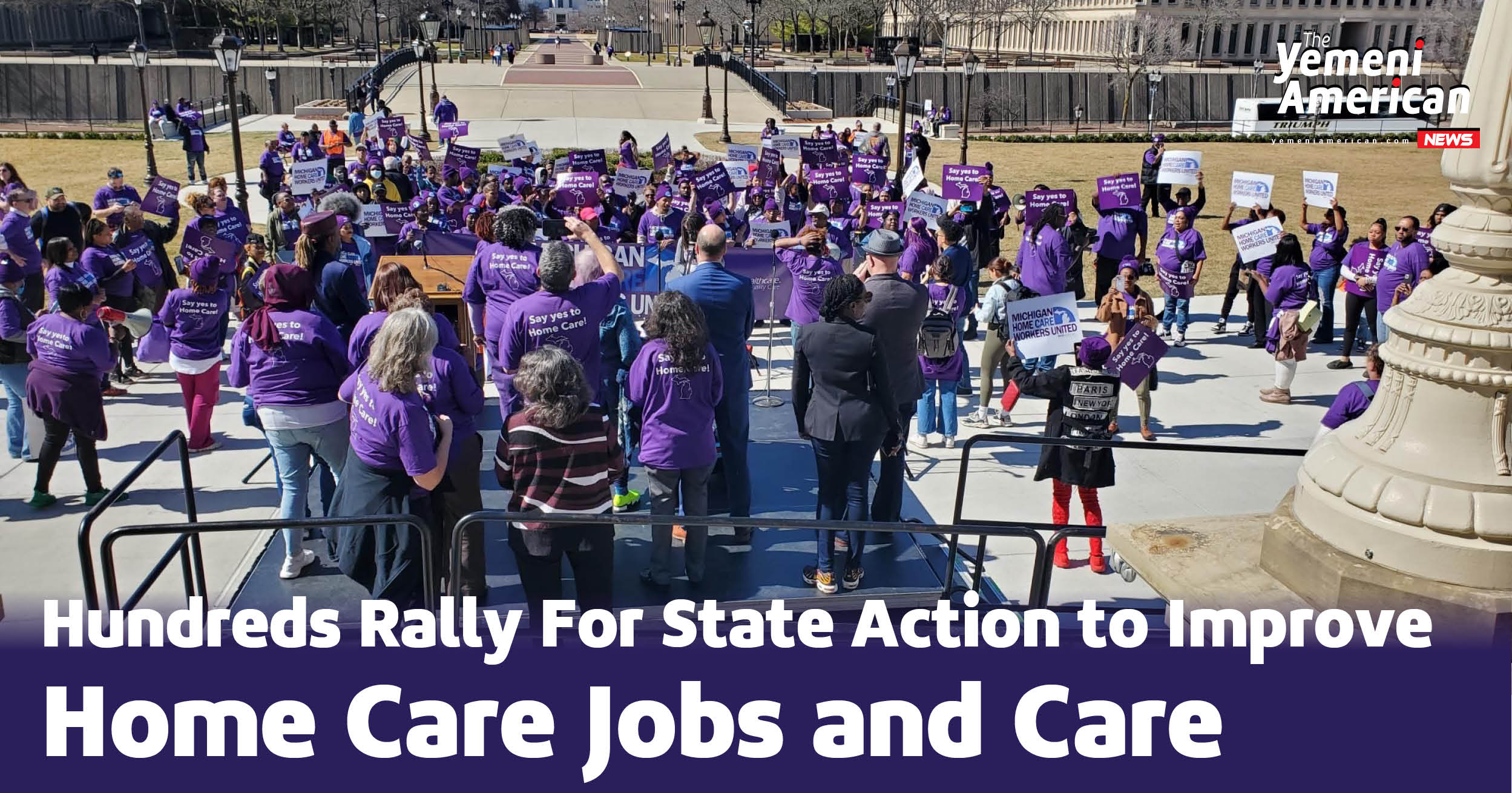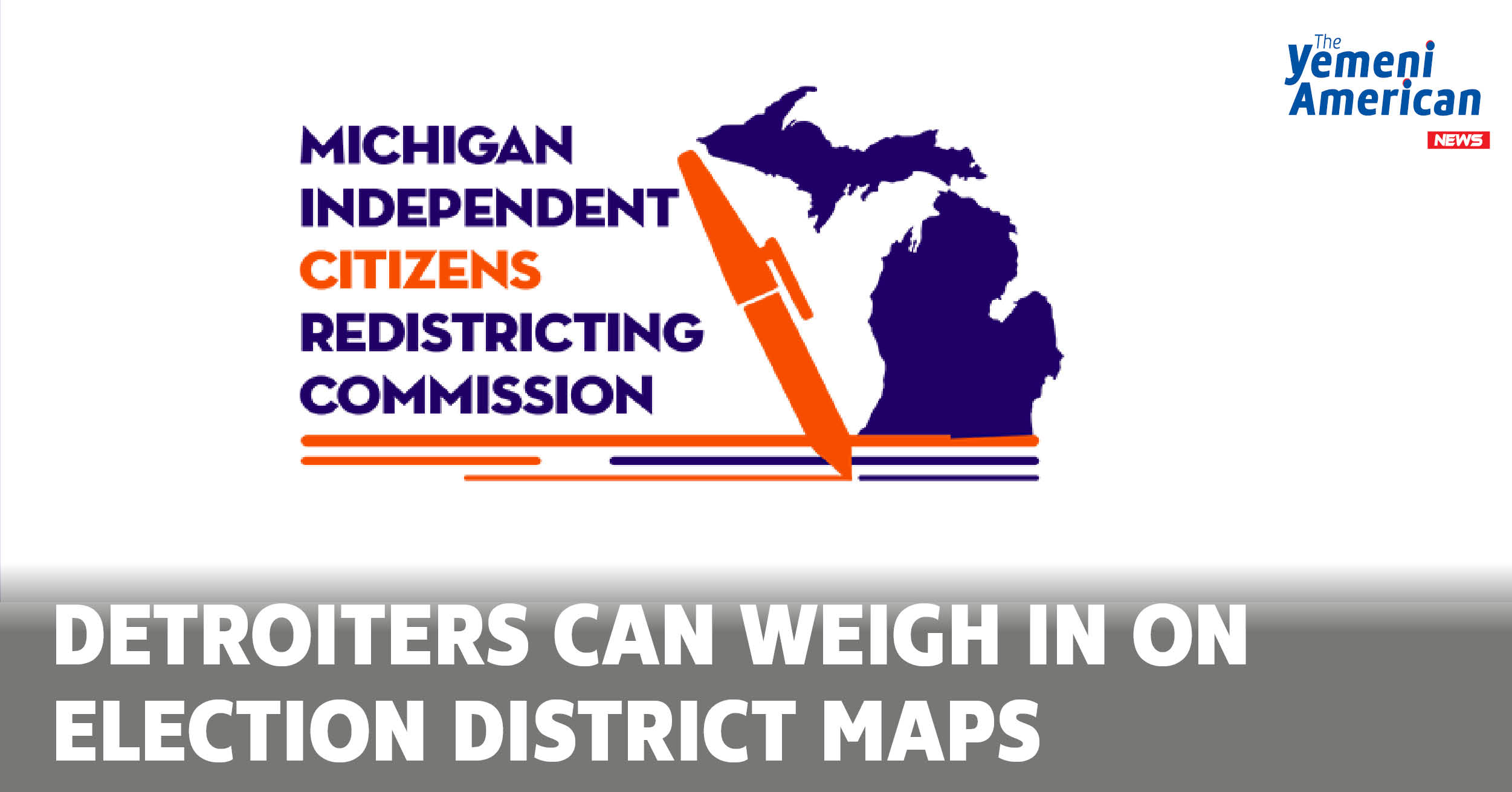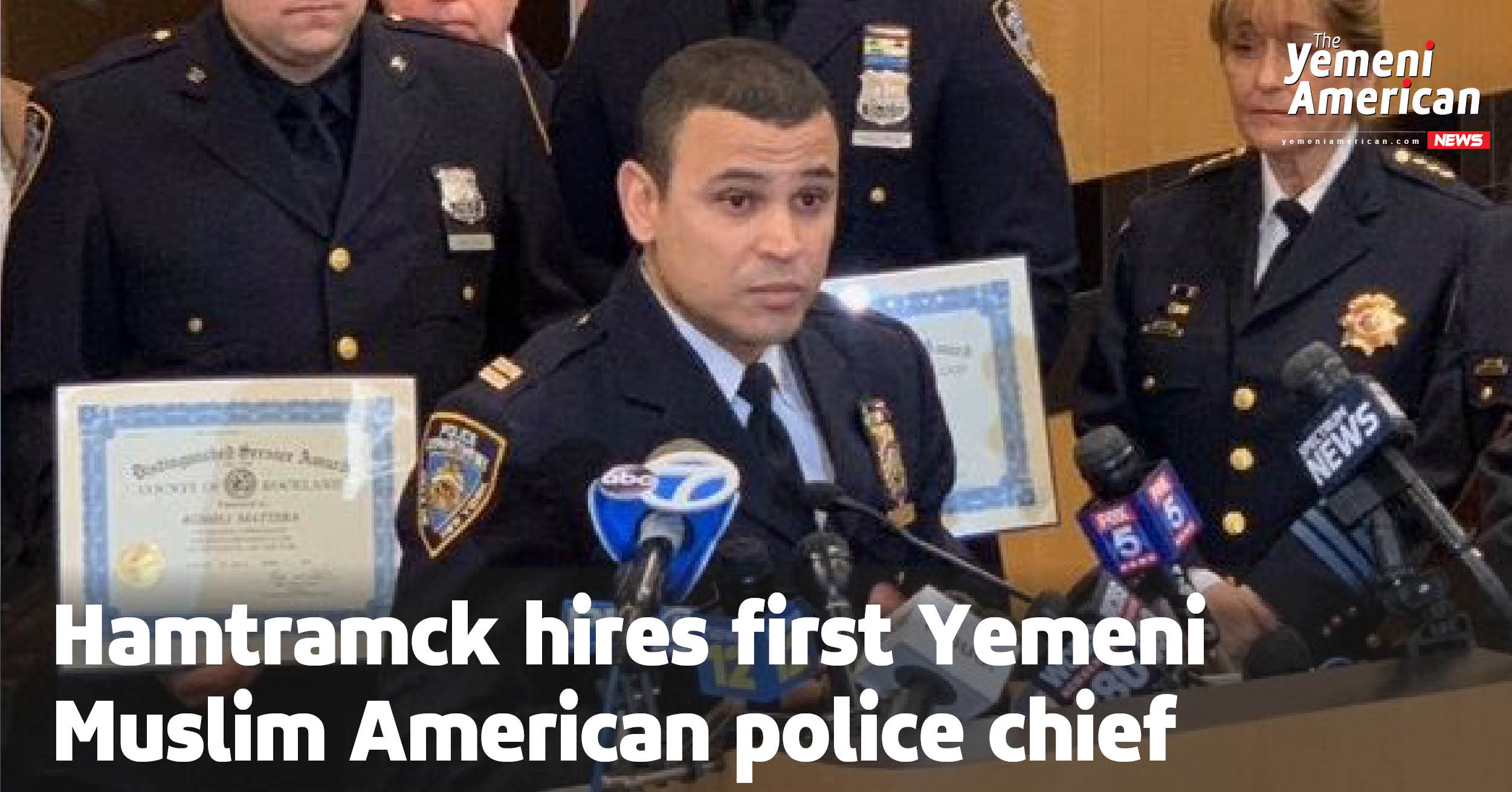By Jena Brooker – Yemeni American News
In the last decade the Arab-American population in Warrendale has continuously grown, and with it, it’s new residents face a variety of challenges. Drive along Warren on the Detroit side and you can visually see the increase in the Middle Eastern population, Wojciech Zolnowski, executive director of the International Institute said. A few of the challenges this increasing population face include: language barriers, education, affordable and safe housing, and maintaining their cultural identity.
Primarily the population is Yemeni, Zolnowski said, but with a mix of Syrian and Iraqi refugees as well. Anne Roth, director of grants at the International Institute, said the amount of Arab-Americans in the area will be growing even more because of, “the new administration and the increased cap on refugees and the ongoing conflicts in Yemen.” According to the Institute’s recently released Warrendale Community Integration Project, 14% of Warrendale residents are “foreign born.” The exact number of Arab-Americans in the neighborhood is unknown as the U. S. Census counts Middle Eastern people as “white”- for Warrendale that number is 28%.
Five years ago, many Syrian refugees moved to Detroit. “Warrendale was the best area for them to come to, because it already had refugees from the Iraqi war,” said Sufian Nabhan, director of the Islamic Center of Detroit. The general Detroit area at the time, Nabhan said, did not have schools with teachers that spoke both Arabic and English.
Language is a major challenge for new residents. “That is the deterrent for individuals to advance in a career,” Zolnowski said. Additionally, native residents of the city may hold prejudice against those who cannot speak English, which can create tension. “Sometimes people look to those who don’t speak the language as bad people or terrorists,” Nabhan said.
To help them, the Islamic Center of Detroit and International Institute offer free English classes. During COVID-19 they meet online, with 15-20 people attending each class. In the class they learn about American history and culture, how to do day to day activities like shopping, and how to navigate working with their children’s schools.
“To be able to dialogue and to speak and interact with your neighbors is very important,” Nabhan said. With the language classes, he said, neighbors can get to know one another and share cultures. “We can at least build the bridge in the neighborhood, where you can live in peace,” he said.
Additionally, knowing English gives new residents more autonomy and agency to be active citizens in their communities. Director of immigrant affairs for the city of Detroit, Roberto Torres, said, “That really brings in a lot of their families that have decision-making within policies and rules.”
Navigating the language barrier while learning English is a balance for new immigrants.
“There’s the importance of retaining the culture,” Torres said. Retaining what it is, he said, “That makes us unique as an immigrant population.”
For some older residents in the neighborhood, they may want to be welcoming to newer residents but don’t speak Arabic or don’t know what’s appropriate or not in Arabic culture, which presents challenges Zolnowski said. A possible solution for that, and other challenges, is the creation of a cultural center. “It could be easily overcome by creating the sense of transparency, communication and a place where people can come and share their experience,” Zolnowski said.
The need for a cultural center was identified as the top priority during the planning process for the Community Integration Project- a plan to improve the quality of life for all Warrendale residents. Both the newer and older residents are interested, Zolnwoski said, “In establishing some sort of cultural center, a cultural hub, where the diverse population has an opportunity to get to know each other, but also assist each other.”
Eight additional priorities were identified in the plan as well: community beautification, understanding cultures, increasing the population, employment opportunities, strategic investment, youth engagement, social services, and climate change.
“They have challenges, like most neighborhoods in the city, of crime, lack of city services, blight, lack of skills and education,” Roth said. According to their report, in the Warrendale neighborhood, 46% of the population live below the poverty line. The median income in Warrendale is $23,149, compared to $43,702 for Wayne County. Newer residents may lack entrepreneurial skills to obtain livable wage paying jobs, Roth said.
During COVID-19, many Arab immigrants were not eligible for COVID-19 relief, just one example of the many public services that may not be available to immigrants and non-citizens. The city worked with the Open Society foundation and other community partners to provide $700,000 in relief to Arab-American families.
The abundance of relatively affordable homes in Warrendale makes the neighborhood attractive for immigrants. But not all of the houses are safe and up to date. As a part of the city’s refugee resettlement program, they plan to announce in the next few months money for housing revitalization and development to address this issue. Torres said it will be in the millions of dollars.
Sally Howell, associate professor of history at the University of Michigan-Dearborn and director of the Center of Arab American Studies started an initiative to increase conversations around Arab-American immigrants in Detroit.
Growth in different neighborhoods of the city, like Warrendale, is driven by immigrants, Howell said in a Q&A, but their contributions aren’t often recognized.
“The city isn’t really investing here, and we’re calling attention to the history of these spaces and how Muslims are investing in them,” she said. She, Razi Jafri and Osman Khan created a six-part art, music, and discussion traveling exhibit to share the stories of Arab-American immigrants in Detroit. “We’re asking the public to reflect on why Muslims and Arab Americans are so absent from this discourse,” she said.
Zolnowski says it’s on organizations like the International Institute, other nonprofits, and the Yemeni press to communicate to the immigrants themselves, “You have to be part of the conversation, you have to be part of building the future.” For example, around issues like engaging with politicians about relief for families of Yemen refugees. “It requires a village to make those changes,” he said.






